South_agency/Getty Images
3 minute read Published August 04, 2022
Written by
Allison Hache
Allison Hache
Bankrate logoAt Bankrate we strive to help you make smarter financial decisions. While we adhere to strict , this post may contain references to products from our partners. Here's an explanation for .
Bankrate logoFounded in 1976, Bankrate has a long track record of helping people make smart financial choices. We’ve maintained this reputation for over four decades by demystifying the financial decision-making process and giving people confidence in which actions to take next.
Bankrate follows a strict editorial policy, so you can trust that we’re putting your interests first. All of our content is authored by highly qualified professionals and edited by subject matter experts, who ensure everything we publish is objective, accurate and trustworthy.
Our loans reporters and editors focus on the points consumers care about most — the different types of lending options, the best rates, the best lenders, how to pay off debt and more — so you can feel confident when investing your money.
Bankrate logoBankrate follows a strict editorial policy, so you can trust that we’re putting your interests first. Our award-winning editors and reporters create honest and accurate content to help you make the right financial decisions.
We value your trust. Our mission is to provide readers with accurate and unbiased information, and we have editorial standards in place to ensure that happens. Our editors and reporters thoroughly fact-check editorial content to ensure the information you’re reading is accurate. We maintain a firewall between our advertisers and our editorial team. Our editorial team does not receive direct compensation from our advertisers.
Bankrate’s editorial team writes on behalf of YOU – the reader. Our goal is to give you the best advice to help you make smart personal finance decisions. We follow strict guidelines to ensure that our editorial content is not influenced by advertisers. Our editorial team receives no direct compensation from advertisers, and our content is thoroughly fact-checked to ensure accuracy. So, whether you’re reading an article or a review, you can trust that you’re getting credible and dependable information.
Bankrate logoYou have money questions. Bankrate has answers. Our experts have been helping you master your money for over four decades. We continually strive to provide consumers with the expert advice and tools needed to succeed throughout life’s financial journey.
Bankrate follows a strict editorial policy, so you can trust that our content is honest and accurate. Our award-winning editors and reporters create honest and accurate content to help you make the right financial decisions. The content created by our editorial staff is objective, factual, and not influenced by our advertisers.
The content created by our editorial staff is objective, factual, and not influenced by our advertisers.
We’re transparent about how we are able to bring quality content, competitive rates, and useful tools to you by explaining how we make money.
Bankrate.com is an independent, advertising-supported publisher and comparison service. We are compensated in exchange for placement of sponsored products and, services, or by you clicking on certain links posted on our site. Therefore, this compensation may impact how, where and in what order products appear within listing categories. Other factors, such as our own proprietary website rules and whether a product is offered in your area or at your self-selected credit score range can also impact how and where products appear on this site. While we strive to provide a wide range offers, Bankrate does not include information about every financial or credit product or service.
The safety features on your vehicle include more than anti-lock brakes, traction control devices and air bags.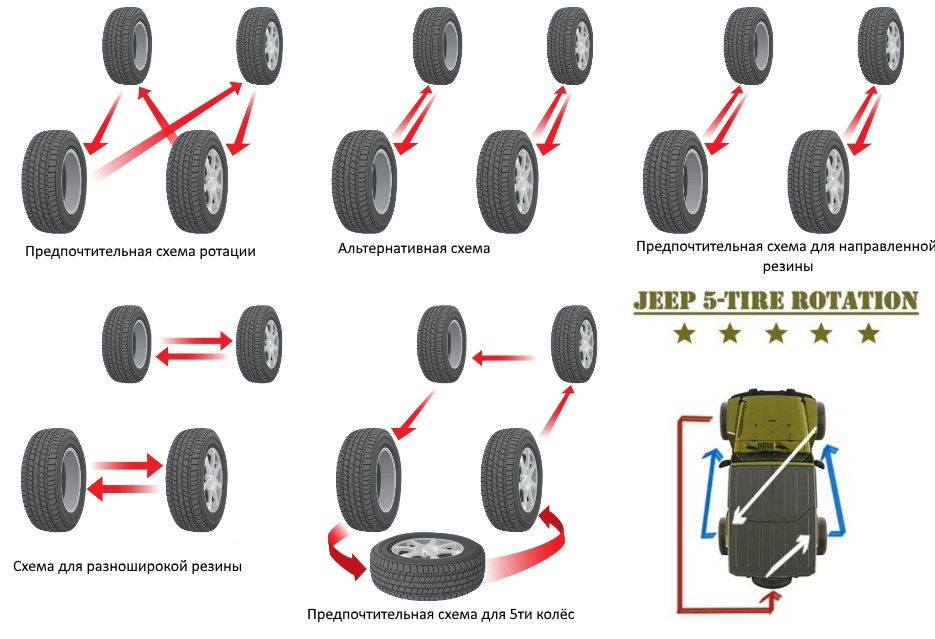 Your wheels and tires play an important role in helping you drive straight, turn corners and stop whenever necessary. To achieve optimal performance, it is important to have your vehicle tires properly aligned.
Your wheels and tires play an important role in helping you drive straight, turn corners and stop whenever necessary. To achieve optimal performance, it is important to have your vehicle tires properly aligned.
The complete service typically costs anywhere from $50 to $168, depending on the provider. It should be done once or twice a year, but the exact timing will depend on your car and driving habits.
Tire alignment or wheel alignment is the process of adjusting your vehicle’s suspension, making sure that your tires are connecting with the road at the proper angles.
Tire alignment ensures that your car works as the manufacturer intended. Having improperly aligned tires could lead to worse gas mileage, more wear on your tires and damage to your vehicle’s components.
The cost of an alignment depends on several factors:
 Four-wheel alignments cost more, usually $100 to $168.
Four-wheel alignments cost more, usually $100 to $168.The cost accompanied with a wheel alignment service for your car will range by establishment, type of vehicle and even your ZIP code. Here is a breakdown of the expected cost for a four-wheel vehicle alignment by state for a 2020 Toyota Camry according to Kelley Blue Book’s fair repair range.
| City | State | Expected price |
|---|---|---|
| New York | New York | $138 to $168 |
| Los Angeles | California | $119 to $140 |
| Chicago | Illinois | $138 to $162 |
| Dallas | Texas | $109 to $128 |
| Orlando | Florida | $121 to $143 |
| Atlanta | Georgia | $126 to $148 |
| Richmond | Virginia | $126 to $148 |
| Phoenix | Arizona | $126 to $148 |
| Philadelphia | Pennsylvania | $135 to $159 |
| Charlotte | North Carolina | $125 to $147 |
When you take your car into a shop for an alignment, the technician starts by analyzing angles at three checkpoints — caster, camber and toe — by using an alignment machine and performing a visual inspection.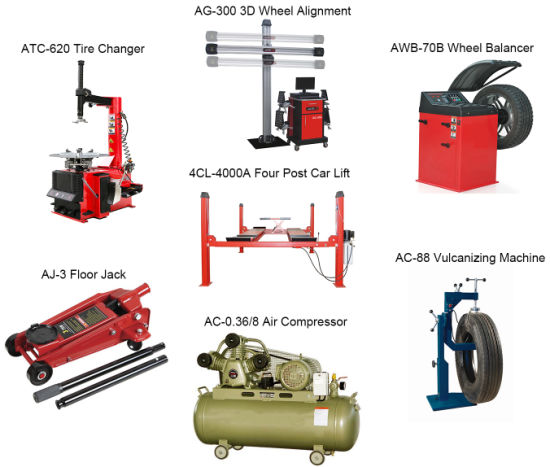
Some mechanics also take the vehicle on the road for a test drive to check for signs of alignment problems, like a steering wheel that vibrates or a vehicle that veers to the left or right when the steering wheel is in a resting position.
The mechanic then compares the angles with the manufacturer’s recommendations for best performance.
After completing the analysis, the technician places the vehicle on an alignment rack and mounts what are called targets to the wheel ends. The technician then uses the machine to adjust the caster, camber and toe until they are within the vehicle manufacturer’s recommended ranges.
The technician then uses the machine to adjust the caster, camber and toe until they are within the vehicle manufacturer’s recommended ranges.
Most mechanics take the vehicle out for another test drive to check the new adjustments to make sure everything functions properly.
Regularly adjusting your vehicle’s alignment offers several benefits that save you time, give you a smoother ride and keep you safer on the road.
Properly aligned tires maintain better contact with the road’s surface by extending the life of your tires and reducing skidding on slick roads. This also reduces rolling resistance and better absorbs road shock, resulting in improved gas mileage and a smoother ride on paved surfaces.
During the alignment, your mechanic may discover worn suspension parts, giving you an opportunity to replace them before they turn into a costly or dangerous mechanical problem that takes your car off the road for an extended period.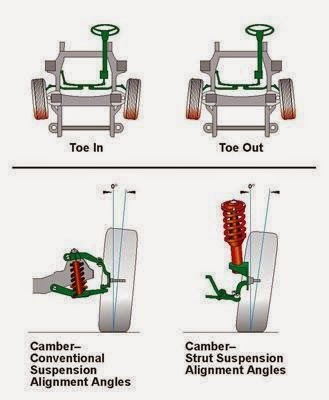
You can get an alignment done at any local mechanic or auto repair center. If you don’t have a relationship with a mechanic, call around for quotes or use resources like Kelley Blue Book to compare prices in your area.
While you should call ahead for an appointment, the wheel alignment itself should take only about an hour. With that said, the process could take longer if the mechanic finds any underlying issues or needs to replace additional components.
If getting an alignment seems expensive, remember that it could ultimately be more expensive to skip it. Forgoing this preventative maintenance means you’ll have to replace the tires more frequently and driving with unaligned tires could also wear out components like your suspension. Spending the hundred or so dollars each year on tire alignment could end up saving you much more in costly repairs.
If you’re like most people, you probably don’t know how much tire rotation is.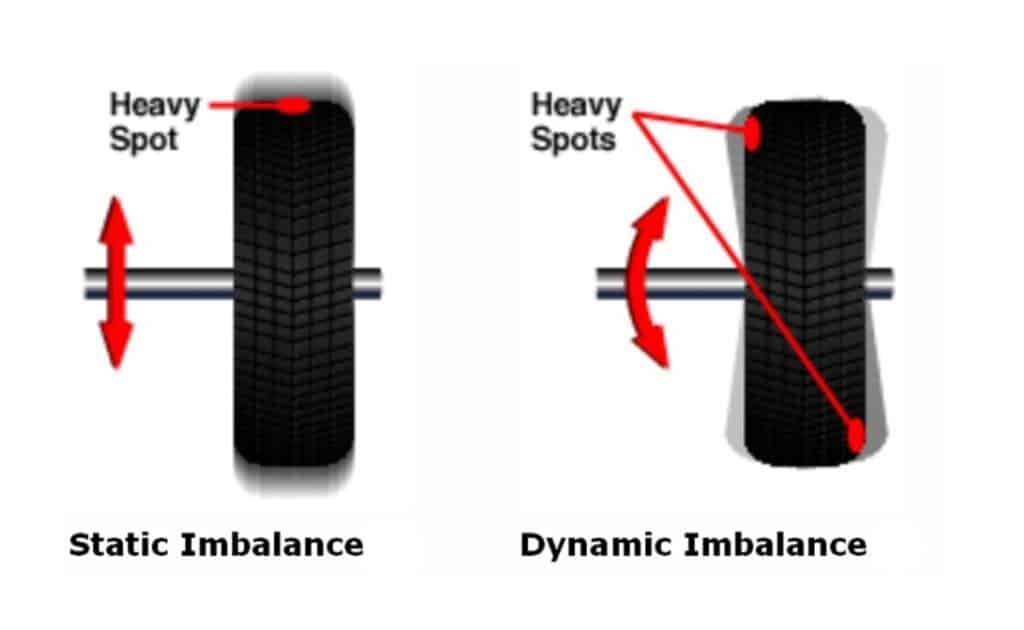 And even if you do know, you might not be sure why it’s important. Well, let us enlighten you! Tire rotations are an important part of maintaining your vehicle and ensuring its longevity. It makes your car run smoothly, safe around the corners, and prevents accidents.
And even if you do know, you might not be sure why it’s important. Well, let us enlighten you! Tire rotations are an important part of maintaining your vehicle and ensuring its longevity. It makes your car run smoothly, safe around the corners, and prevents accidents.
Tire rotation costs can vary depending on the type of vehicle you have and where you take it to get serviced. Generally, the price for a tire rotation is around $20-$30. However, some places may charge more or less for this service.
Here’s everything you need to know about tire rotations – from how often to do them, to how much they cost. Keep reading to learn more!
How Much Is A Tire Rotation Service?A tire rotation service is important for the health of your car’s tires. It helps to evenly distribute the wear and tear so that your tires last longer. The cost of a tire rotation service will vary depending on where you go, the company and the type of service offered but it’s typically a fairly affordable service.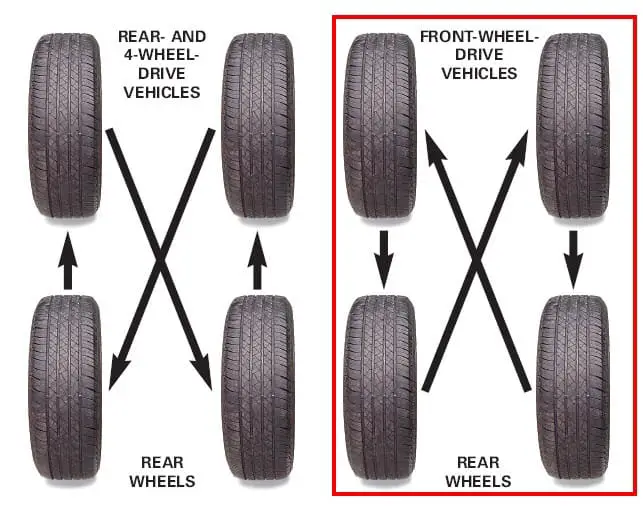 However, a general range for this service would be from $10 to $50.
However, a general range for this service would be from $10 to $50.
For example, Walmart charges around $10 for a tire rotation, while Mr. Tire charges around $50. However, it is important to note that some companies may offer discounts for multiple services or loyalty members. So it is always a good idea to compare prices before making a decision.
What Is Tire Rotation?Tire rotation is a preventative maintenance practice that is recommended for all vehicles. It is a process of moving tires from one position on the vehicle to another, usually front to back or vice versa. Most people know that they should have their tires rotated regularly. But many don’t know why.
Tire rotation is important because it helps to even out the wear on your tires, which can extend their life and save you money in the long run. It’s also important to remember that rotating your tires does not mean you can go longer between changes.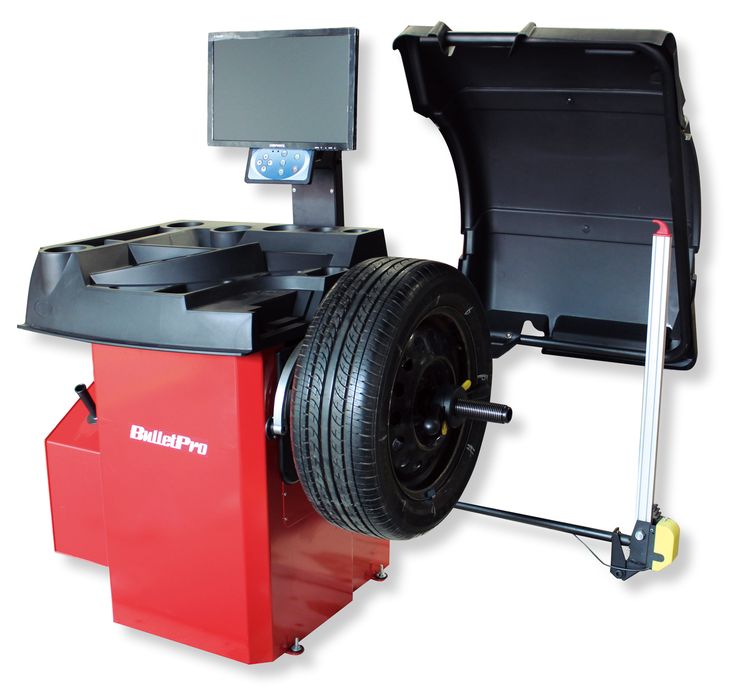 Tires should still be replaced every 6-8 years, even if they have been rotated regularly.
Tires should still be replaced every 6-8 years, even if they have been rotated regularly.
Rotating your tires regularly is important because it helps them wear evenly, which increases their lifespan and improves your car’s gas mileage. When you drive, your front tires do most of the work – they’re responsible for braking, accelerating, and steering.
All that wear and tear can cause the front tires to wear down more quickly than the rear tires. When the front tires are worn down, they start to slide more easily on the road. This can cause you to lose control of your car and lead to an accident. By rotating your tires regularly, you can help prevent this from happening.
Why Is Rotating Your Car Tires A Good Idea?It’s a question that has plagued drivers for years: why do we have to rotate our car tires? Are there any benefits to doing so, or is it just another one of those things we’re told to do for no good reason?
As it turns out, rotating your car tires is actually a pretty good idea- here are just a few of the benefits you can expect to see:
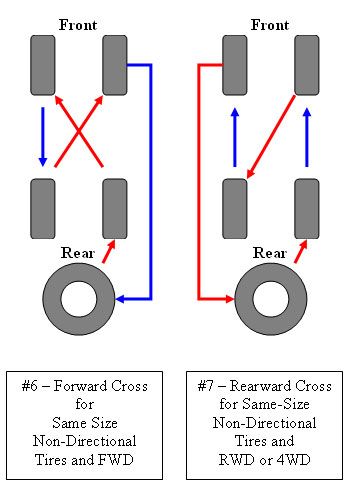 Rotating your car tires helps them wear evenly, which means they’ll last longer in the long run.
Rotating your car tires helps them wear evenly, which means they’ll last longer in the long run.So, next time you’re wondering whether or not to rotate your car tires, remember these benefits and give them a try! You might be surprised at just how much of a difference it makes.
Is There Anything Else I Should Know About Rotating My Car Tires?There are a few things to keep in mind when rotating your car tires:
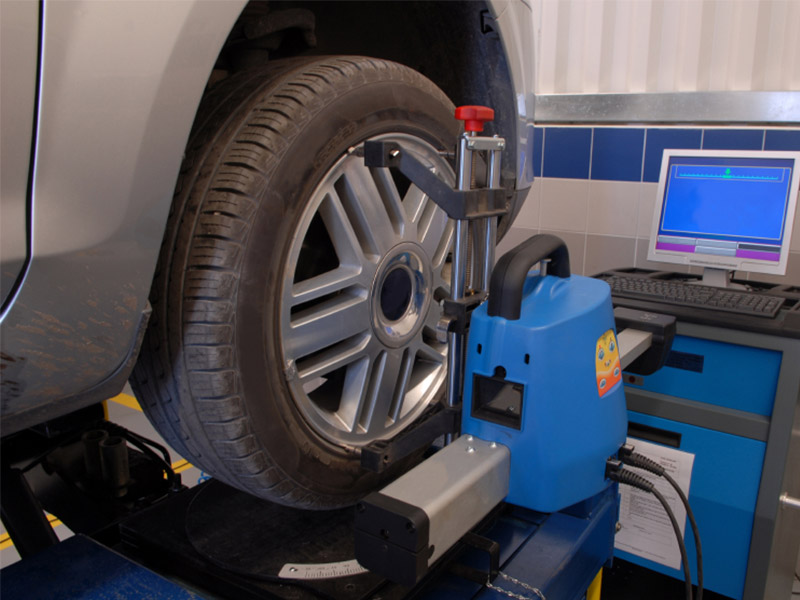 Using the wrong type of wrench can damage your car’s rims.
Using the wrong type of wrench can damage your car’s rims.So, there you have it: a few reasons why rotating your car tires is a good idea. Follow these tips, and you’ll be seeing the benefits in no time.
How Does Tire Rotation Work?Rotating your tires is a very important part of car maintenance, yet it’s something that many drivers neglect. By rotating your tires, you’re essentially evening out the wear and tear so that each tire lasts longer. This is because different tires experience different levels of wear and tear depending on their position on the car.
This is because different tires experience different levels of wear and tear depending on their position on the car.
For example, the front tires experience more wear and tear than the back tires because they take the brunt of braking and turning forces. Similarly, the left side of the car experiences more wear and tear than the right side because it’s exposed to more bumps and potholes. By rotating your tires every few thousand miles, you’re essentially minimizing this difference in wear and tear so that all four tires last about the same amount of time.
The Types Of PatternThere are a few types of patterns of a tire rotation, each with its own benefits:
Cross-Axle RotationThis type of rotation is the most common and involves swapping the front and rear tires on each axle. The idea behind cross-pattern rotation is that it evens out the wear on all four tires. It’s best used for off-road conditions or when driving in snowy or icy conditions.
This type of rotation is similar to cross-pattern but swaps the left and right front tires, as well as the left and right rear tires. This type of rotation is supposed to be more effective at evenly distributing wear on all four tires.
Pole RotationThis type of rotation is less common than the other two. With this pattern, the left front tire moves to the right rear position while the right front tire goes to the left rear position. This rotation is designed for use on racetracks in a counterclockwise direction.
Forward/Reverse RotationIn this pattern, the front tires move forward while the rear tires rotate in a backward direction. This is the most common type of rotation and is best suited for regular highway driving.
How Frequent Should You Rotate Tires?It depends on your vehicle, driving habits, and tires. The best practice is to rotate your tires every 6,000 miles. If you are thinking what is the average mileage to rotate tires,
The best practice is to rotate your tires every 6,000 miles. If you are thinking what is the average mileage to rotate tires,
every 5,000 to 7,500 miles is a good rule of thumb.
However, if you drive in a particularly dusty or dirty environment, you may need to rotate them more frequently. And if you use winter tires, you should rotate them every 4,000 miles.
Tire rotation helps even out the wear on your tires, preventing them from wearing down in any one spot. This will help improve your car’s handling and extend the life of your tires.
Is It Ok To Rotate Tires Every 10,000 Miles?10,000 miles is a long time to wait to rotate your tires! You should rotate them every 5,000 miles for the best performance and safety. Rotating your tires helps them wear evenly, meaning you’ll get more life out of them in the long run. Plus, it’s just good car care – so don’t forget to do it!
When Is Tire Rotation Necessary?Tire rotation is only necessary when you have uneven wear on your tires. Uneven tire wear can be caused by several factors, including alignment, driving habits, and the type of vehicle you drive. If you don’t have uneven wear on your tires, then there’s no need to rotate them.
Uneven tire wear can be caused by several factors, including alignment, driving habits, and the type of vehicle you drive. If you don’t have uneven wear on your tires, then there’s no need to rotate them.
It depends on the size of the wheel and the size of the tire. Generally, the larger the wheel and tire, the more expensive it will be to rotate them. For example, if you have a large truck with 22-inch wheels, it will likely require a more expensive tire rotation than a small compact car with 15-inch wheels.
Tips To Lower Tire Rotation CostWhen it comes to car maintenance, one of the most important (and often expensive) tasks is rotating your tires. But there are a few ways you can lower the cost of this procedure. Here are a few tips:

By following these tips, you can save money on one of the most important car maintenance tasks.
How Do You Rotate Tires at Home?It’s not difficult to rotate your own tires. You can also save money on tire rotation by doing it yourself at home!
Choose one of the tire rotation methods keeping your car and driving habits in mind.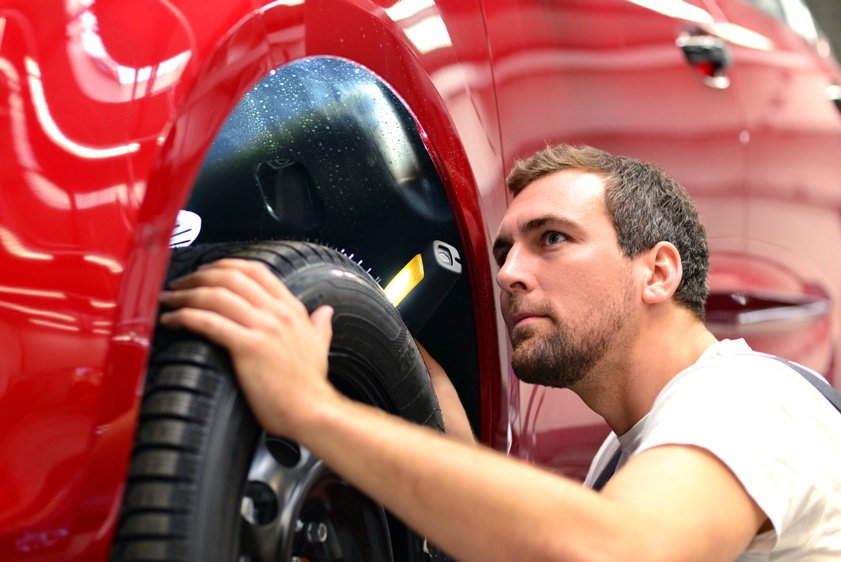 If you’re not sure which method is best for you, ask someone at a tire shop. They’ll be able to help you choose the right method.
If you’re not sure which method is best for you, ask someone at a tire shop. They’ll be able to help you choose the right method.
You can rotate your tires at home by following these simple steps.
Check Out How to Rotate Tires|DIY Car Repairs:
How Many Jacks Do You Need To Rotate Tires?It depends on the size of the tires and how tight they are on the rims. But in general, it takes two jacks to do the job properly. One to hold up the car and one to rotate the tire.
It also depends on the type of jack you’re using. Some jacks require two people to operate them, while others can be operated by a single person. But in general, you’ll need at least one other person to help you lift and rotate the tire. Safety first!
FAQsShould Tires Be Rotated Before Or After Alignment?Rotating tires before aligning them is the recommended procedure by most tire manufacturers. This is because the tires need to be in their “original” position on the vehicle when performing an alignment.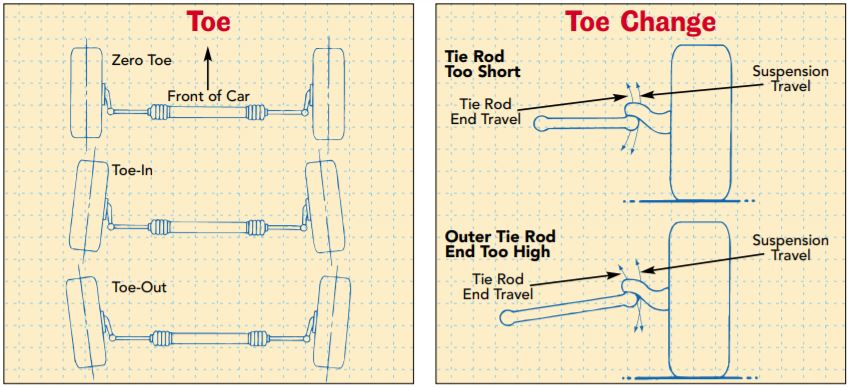 Rotating tires before alignment can help to ensure that the wear on the tires is even and they are back in their original positions.
Rotating tires before alignment can help to ensure that the wear on the tires is even and they are back in their original positions.
It depends on the tires, but most of the time you don’t need to rebalance them after rotating them. A tire’s weight is pretty evenly distributed around its circumference. So unless one side of the tire has been worn down more than the other, it doesn’t need to be rebalanced after rotation. If a tire is out of balance, you’ll probably feel it vibrate when you drive.
There are a few exceptions, though. If you have asymmetrical or directional tires, you’ll need to rebalance them after rotation. And if you have very heavy loads on your car or drive on rough roads frequently, then you’ll also need tire balancing after rotation.
When Should You Not Rotate Your Tires?You should not rotate your tires when the tread is worn below 4/32″.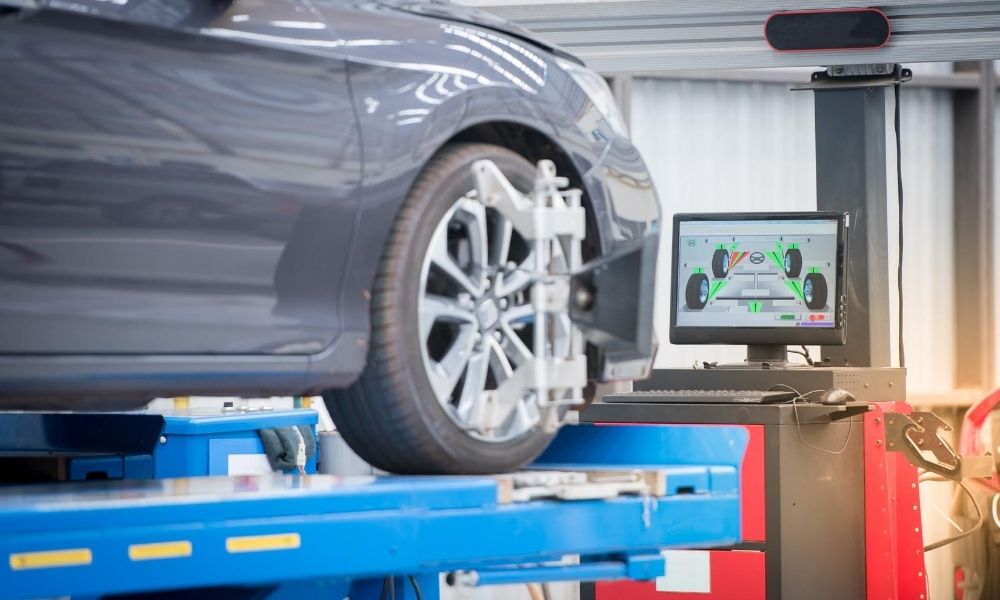 This is the depth at which tire rotation is no longer beneficial. There are a few other instances when you should not rotate your tires. For example, if you have a spare tire or donut, you should not rotate your regular tires.
This is the depth at which tire rotation is no longer beneficial. There are a few other instances when you should not rotate your tires. For example, if you have a spare tire or donut, you should not rotate your regular tires.
Additionally, if one of your tires is severely worn on one side, it’s best not to rotate it to preserve tread life. You may also choose not to rotate your tires if they are new and haven’t been driven on yet. In this case, the rotational forces could prematurely wear them down.
Final ConsiderationsTires are an important part of your car and need to be rotated regularly for optimum performance. While the frequency may vary depending on driving habits, most mechanics suggest rotating tires every 5,000-7,500 miles.
Luckily, tire rotation is a relatively simple process that can easily be done at home with a few simple tips. By following these guidelines and keeping your car’s tires in good condition, you can help prolong their life and save money down the road.
Feedback
Changing the oil in the internal combustion engine Changing the oil in the manual transmission Changing the oil in the automatic transmission Filling the air conditionerReplacing antifreezeReplacing the power steering fluidReplacing the shock absorber Hub bearingElectronic diagnosticsFlushing the radiatorsThrust bearingBleeding the brakesReplacing the timing belt discs before brake rims rear
I agree with the privacy policy
Price and cost services
Prices for wheel alignment cars domestic cars
| ADJUSTMENT | VAZ, IZH | AZLK, ZAZ | NIVA, HOPE, VOLGA |
|---|---|---|---|
| DRIVE | 1700 | 2000 | 2100 |
| RELEASE, ROOM, CASTOR | 2100 | 2400 | 2600 |
| CUSTOM SUSPENSION + | 900-1400 | 1000-1500 | 1100-1600 |
| S/W RUDDER, TURN RADIUS SET | 1000 | 1000 | 1000 |
Foreign cars
| ADJUSTMENT | FRONT AXLE | REAR AXLE | FRONT+REAR |
|---|---|---|---|
| DRIVE | 2000 | 2000 | 2600/2800* |
| ROOM | 2200 | 2200 | 2800/3000* |
| RELEASE, ROOM, CASTOR | 2400 | 3000/3200* | |
| * THE SECOND PRICE IS INDICATED WHEN ADJUSTING THE REAR AXLE AND THE RAISE AND CAMBARING! | |||
SUVs, minibuses, minivans (station wagons) ***
| ADJUSTMENT | FRONT AXLE | REAR AXLE | FRONT+REAR |
|---|---|---|---|
| DRIVE | 2200 | 2200 | 3100/3300* |
| ROOM | 2400 | 2400 | 3300/3500* |
| RELEASE, ROOM, CASTOR | 2600 | 3500/3700* | |
| * THE SECOND PRICE IS INDICATED WHEN ADJUSTING THE REAR AXLE AND THE RAISE AND CAMBARING! | |||
| *** EX: | |||
| HUMMER H1 - 5500 (TWO AXLE), 3500 (FRONT AXLE) | |||
| HAMMER H2,H3 - 3400 | |||
| non-standard suspension (lifting) + 1500 | |||
| MITSUBISHI PAJERO (EXCEPT THE LAST BODY), PAJERO SPORT, ISUZU TRUPER, NISSAN TERRANO, OPEL FRONTERA, AND CARS WITH A SIMILAR SUSPENSION WHERE ADJUSTING PLATES ARE REQUIRED 9 PLATE + 3800RUR0031 | |||
| ADDITIONAL WORK | |||
| TOE/CALE ANGLE CHECK - 1100 passenger car, 1300 SUV | |||
| SUSPENSION DIAGNOSIS (INCLUDED IN THE PRICE) | |||
| HANDLEBAR (WITHOUT AIR BAG) - 800 | |||
| REMOVING/INSTALLING THE WHEEL: CAR - 200; VNEDOR, MINIBUS, MINIVAN - 250 | |||
| WHEEL RADIUS SETTING - 800 | |||
| INSTALLATION OF REG BOLT (MERCEDES) - 800 + BOLT PRICE | |||
| TORSION ADJUSTMENT - 2000 | |||
CUSTOMER SPECIFIED WHEEL ANGLE OUTSIDE FAC.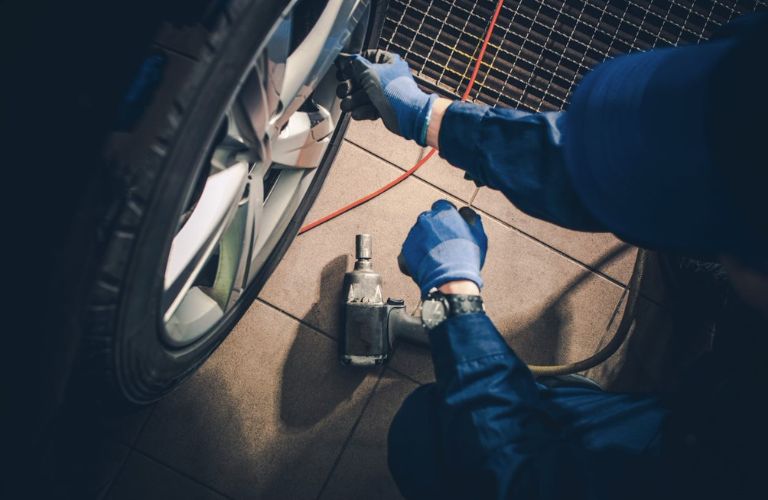 TOLERANCES - NO WARRANTY TOLERANCES - NO WARRANTY | |||
| STEERING GEAR ADJUSTMENT - 1000-1200 | |||
| STEERING PENDULUM ADJUSTMENT - 800-1000 | |||
| HUB BEARING ADJUSTMENT: PASSENGER CAR - 700; VNEDOR, BUSES, MINIVANS FROM 900 | |||
Prices for the wheel alignment of large vehicles domestic cars
| ADJUSTMENT | GAZEL, UAZ | SOBOL, PORTER | AUTO C,D,E CATEGORY |
|---|---|---|---|
| TOE | 2100 | 2100 | 3200 |
| RELEASE, ROOM, CASTOR | 2600 | 4200 |
Category B imported cars, limousines
| ADJUST | FRONT AXLE | REAR AXLE | FRONT+REAR |
|---|---|---|---|
| TOE | 2200 | 2200 | 3100 |
| ROOM | 2400 | 2400 | 3300 |
| RELEASE, ROOM, CASTOR | 2600 | 3500 |
Imported cars of categories C,D,E
| ADJUSTMENT | FRONT AXLE | ||
|---|---|---|---|
| 3200 | |||
| RELEASE, ROOM | 3600 | ||
| RELEASE, ROOM, CASTOR | 3900 | ||
| ADDITIONAL SERVICES | |||
| SUSPENSION DIAGNOSIS - 1100 | |||
| RELIEF/CALM CHECK - 1600 | |||
| HANDLEBAR - FROM 800 | |||
| HUB BEARING ADJUSTMENT - FROM 1000 | |||
Locksmith
| REPLACEMENT OF REAR REDUCER BUSHING ON BMW F SERIES - 12000 | ||
| REPLACEMENT OF BEARINGS IN DRAWER FOR MERCEDES GLK - 14000 |
If the car has poor handling or stability - this is the first sign that the corners are not accurately adjusted, exactly those under which the wheels of the car should be directly located.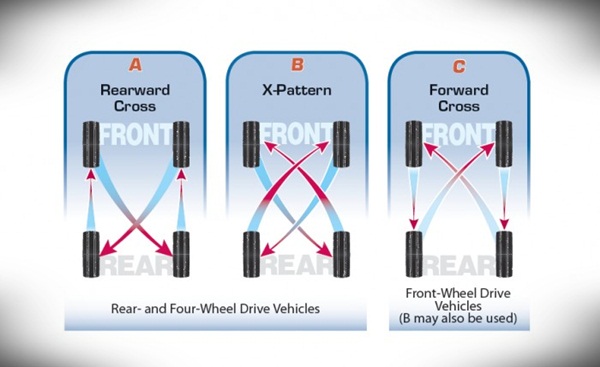 This problem in the car is also called as the resulting violations collapse wheel alignment. Correct toe wheels is a guarantee that your car will be stable on the roads. To determine the correct wheel alignment , you need to calculate the difference between the rims front wheel position and rear wheel position. Such measurements must be carried out between the same points of the wheels at the height of their center. If they are not normal, then it is necessary to adjust this convergence, but in order to in order to accurately determine the convergence point, it is necessary to use special equipment, which is always used by car service stations, which we are. Our masters first of all check the fastening of the steering linkage of the lever to the rack and how strong it is. As well as the connection of cones, fingers, steering rods, camber, etc. If you have already repaired the chassis of your car, then do not hinder the implementation of camber toe , by adjusting it.
This problem in the car is also called as the resulting violations collapse wheel alignment. Correct toe wheels is a guarantee that your car will be stable on the roads. To determine the correct wheel alignment , you need to calculate the difference between the rims front wheel position and rear wheel position. Such measurements must be carried out between the same points of the wheels at the height of their center. If they are not normal, then it is necessary to adjust this convergence, but in order to in order to accurately determine the convergence point, it is necessary to use special equipment, which is always used by car service stations, which we are. Our masters first of all check the fastening of the steering linkage of the lever to the rack and how strong it is. As well as the connection of cones, fingers, steering rods, camber, etc. If you have already repaired the chassis of your car, then do not hinder the implementation of camber toe , by adjusting it.
How are the wheels adjusted? By changing the length of the side steering rods. For this First, our specialists loosen the clamps and adjusting couplings by turning them in opposite directions, which changes the length of the side rods. After that, the clamps are tightened again so that after tightening their ends did not touch each other.
But in order to carry out the camber, it is necessary to make sure that the tires have normal pressure air. In this case, the tires should not be worn out and the disks should be bent and the steering wheel should be free to move. And before checking the collapse itself, our master will initially check for serviceability the hinges of the levers, ball joints, shock absorber rods, and Only then will he begin to check the camber of the wheels. Camber he will check using the number of spacers between the cross member or the turn of the eccentric and the axis of the lower arm.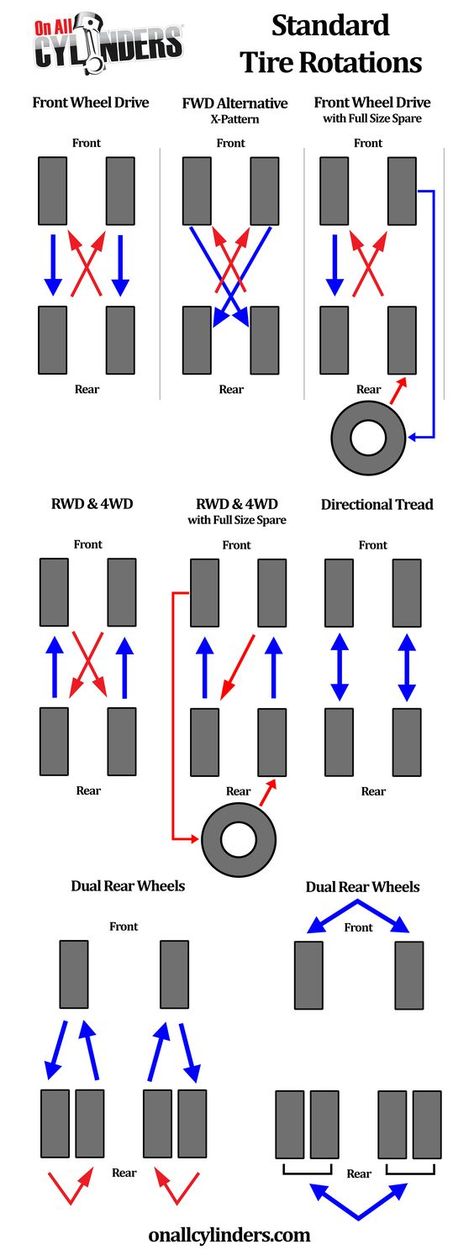
That we will answer exactly - our car service is waiting for you, because alignment collapse , can only be carried out at the stand! After all, the collapse of the convergence has not a great cost, so do not save on your safety and it's not worth it. And do not believe those who tell you that they can adjust the installation angles even without special equipment - this is simply not realistic. Since the difference is only 0.5 degrees, end sadly for you, as if it can be done only at the stand. We carry out wheel alignment for various vehicles. We make gathering collapse in all districts of Moscow: Southern Administrative District, ZAO, SAO, SVAO, Central Administrative District, SZAO, SEAD, SWAD, VAO. Therefore, please contact because wheel alignment does not have a big price for us, and repairs after an accident will cost much more than your car.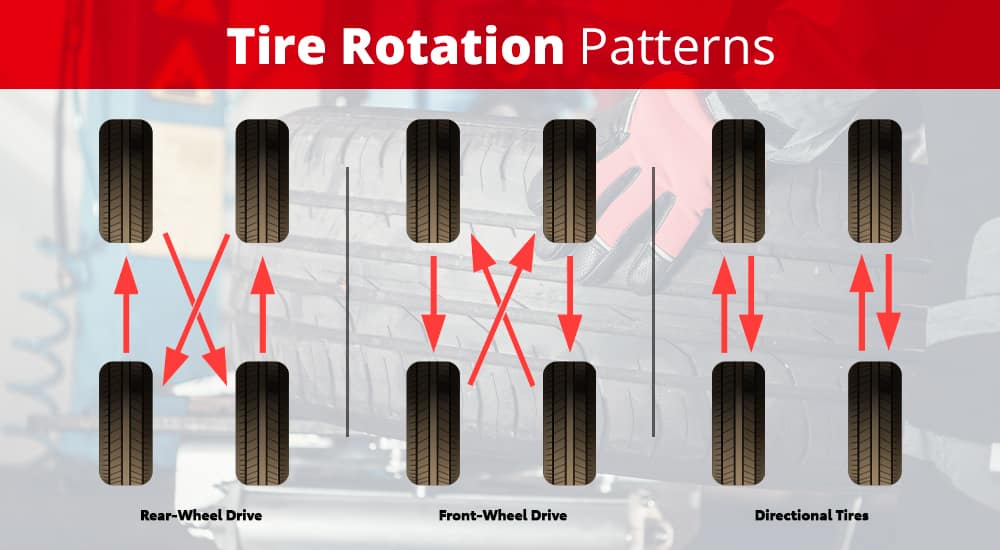
Monday, October 10, 2016 13:31:16 Europe/Moscow
Car tire wear cannot flow evenly : Front tires tend to wear much faster than rear tires. There are several reasons for this. So, most often the front axle of the car is loaded more than the rear (mostly it accounts for about 60% of the mass of the car). The front tires are subject to wear when maneuvering and also wear due to non-zero camber and toe settings. In addition, tire wear is not least influenced by the type of vehicle drive: the drive axle causes the tires to wear out faster. Due to the rotation (rearrangement) of the wheels, it is possible to achieve their more uniform wear and, as a result, life extension .
There is another equally obvious benefit of wheel rotation: Tires with the same tread depth provide more comfort and safety . This is especially important when it comes to difficult weather conditions. For example, the most worn tires are more prone to hydroplaning.
For example, the most worn tires are more prone to hydroplaning.
How to properly rotate the wheels? It is perhaps better to build on the type of tires installed on your car.
The most popular type of civilian tire tread at the moment is asymmetric . For example, most models of the MICHELIN summer line have this, ranging from the economical Energy Saver to the sporty Pilot Super Sport. When installing asymmetric tires on rims, it is necessary to align the front side of the tire with the front side of the rim : for this, the sidewalls have the inscriptions Outside and Inside (the outer and inner side of the tire) and there is no arrow for the direction of rotation. The convenience of this type of tread is that the assembled wheels can be interchanged in any way: the outside of the tire will remain the outside anyway . In this case, it is appropriate to use any of the rotation methods. Usually, the most suitable way to rearrange the wheels is indicated in the car's operating instructions, but if there is none on hand, then you can choose one of the methods we have proposed.
In this case, it is appropriate to use any of the rotation methods. Usually, the most suitable way to rearrange the wheels is indicated in the car's operating instructions, but if there is none on hand, then you can choose one of the methods we have proposed.
The front left wheel is interchanged with the rear right and the front right with the rear left. This type of replacement is suitable for any type of vehicle drive and is most preferred for all-wheel drive vehicles.
The rear wheels are moved to the front axle (the right rear wheel is replaced by the right front wheel, the left rear wheel is replaced by the left front wheel), while the front wheels are replaced by the rear wheels diagonally (the right front wheel is replaced by the left rear, left front - in place of the right rear). This method is suitable for cars with rear and all-wheel drive.
The front wheels are installed in place of the rear wheels (the right front wheel is in place of the right rear wheel, the left front wheel in place of the left rear wheel), and the rear wheels, in turn, are moved diagonally to the front axle (the right rear wheel is placed in place of the left front, left rear - in place of the right front). This method is for front wheel drive vehicles.
This method is for front wheel drive vehicles.
This type of tread pattern is mainly found on off-road and commercial tires. In the MICHELIN line, for example, the Agilis+ and Latitude Tour HP tire models are of this type. The rotation of tires with a symmetrical tread pattern is exactly the same as the method described above for asymmetric non-directional tires. There is only one difference in the operation of such tires: when assembling the wheels, it is not necessary to take into account the position of the outer and inner sides of the tire.
Such tires are becoming less and less common in summer tire lines and almost always in winter: V-shaped tread allows the most effective removal of water from the contact patch. So, in the MICHELIN model range, CrossClimate summer tires and a number of winter tires (X-Ice North 3, Latitude X-Ice 3, Alpin 5, etc. ) have a directional tread pattern. Rotation with directional tires mounted on disks can be done in only one way: by swapping the front and rear wheels, i.e. the front left wheel in place of the rear left, the front right in place of the rear right.
) have a directional tread pattern. Rotation with directional tires mounted on disks can be done in only one way: by swapping the front and rear wheels, i.e. the front left wheel in place of the rear left, the front right in place of the rear right.
As the name implies, in addition to the outer and inner side, the tire tread pattern has a directional pattern. This type of tire is used only in motorsport due to the inconvenience of use, high cost and lack of tangible benefits for civilian use. Rotation with such tires is carried out in the same way as in the case of symmetrical directional tires: the front and rear wheels of each side of the car change places with each other.
Many sports cars are sometimes fitted with different size wheels: the rear tires are usually wider and larger in diameter. If the tires have an asymmetric non-directional tread pattern, then the wheels on each of the axles can be interchanged, but if we are dealing with directional tires, then alas, the rotation of such wheels without tire fitting is impossible.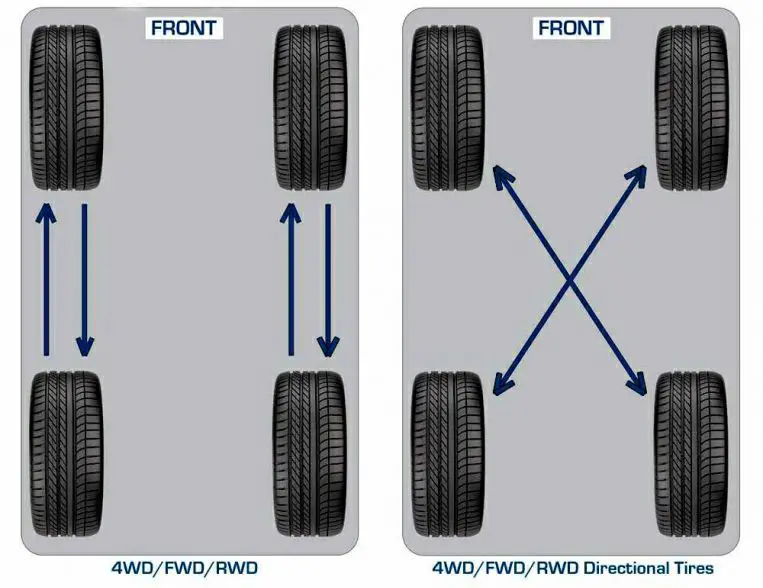
This type of rotation allows extend the life of the wheels by about 20% , but in reality this method is almost never used: many modern cars either do not have a spare wheel in the trunk at all, or use a small-sized “stowaway” as it. And even if your car is equipped with a full-size spare wheel, in practice it most often differs in either tire model or wheel type. However, if the spare tire is completely identical to the wheels installed on the car, then rotation in this case can be extremely useful. For ease of changing wheels, the type of tread pattern should be either asymmetric non-directional or symmetrical non-directional. The rotation process in this case is no longer as obvious as in the previous methods.
The front right wheel is removed in place of the spare tire, the spare wheel is installed in place of the rear right wheel, the rear right in place of the front left, the front left in place of the rear left, the rear left in place of the front right.